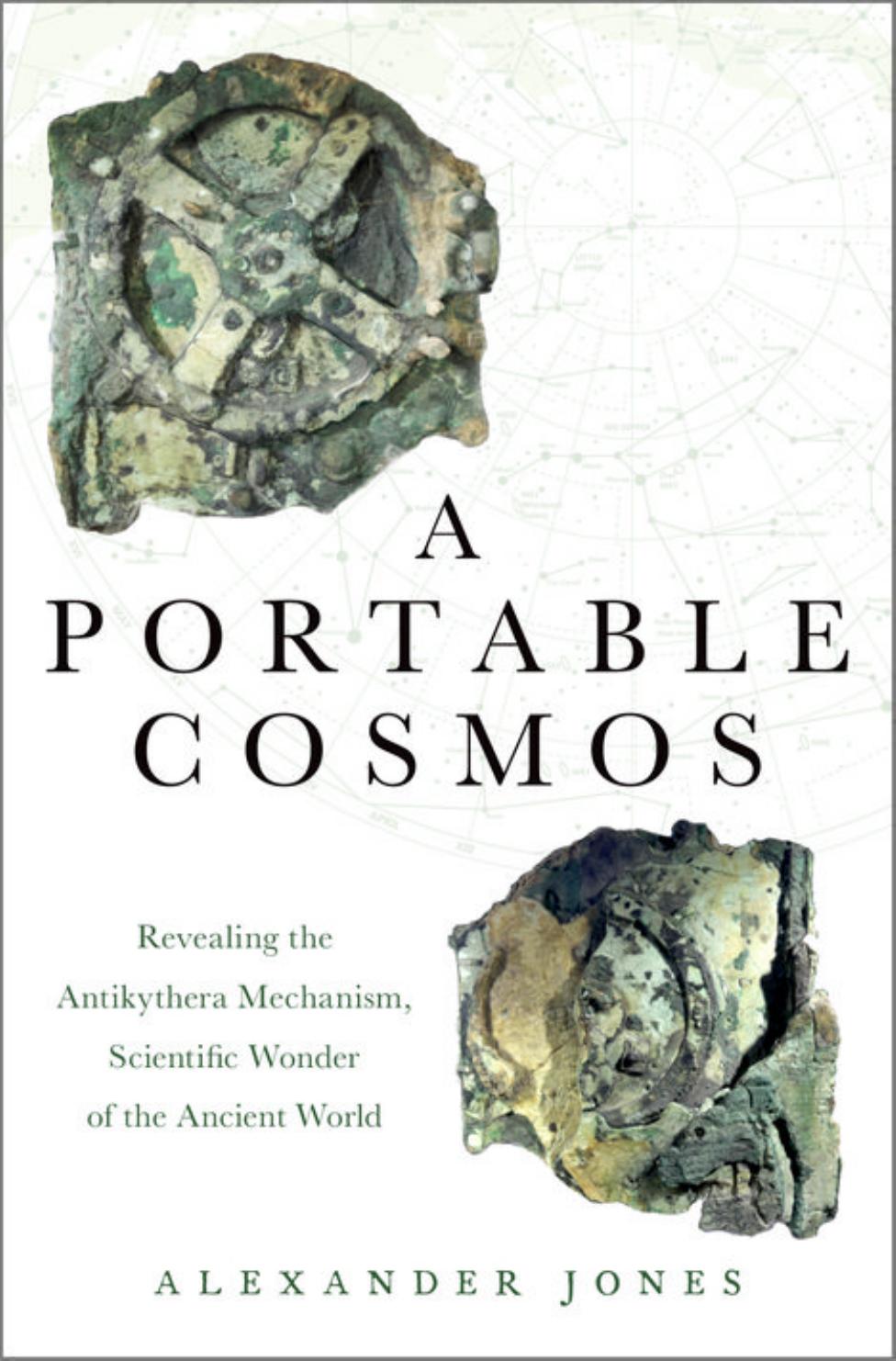A Portable Cosmos by Alexander Jones

Author:Alexander Jones
Language: eng
Format: epub, pdf
Publisher: Oxford University Press
Published: 2016-06-15T00:00:00+00:00
Patterns and prediction
Three basic approaches to eclipse prediction can be found in Mesopotamia. Some omen texts have an eclipse as the forecast outcome:
If the Moon at its appearance is very large: there will be an eclipse.16
If the Sun on the day of the Moon’s disappearance is surrounded by a halo: there will be an eclipse of Elam.17
If a fog rolls in in [the month] Šabatu: eclipse of the Kassites.18
These are astrological forecasts. There is no valid reason why observations of an apparently large Moon or a halo around the Sun or fog in a particular month should be followed by eclipses; here, “there will be an eclipse” is just another possible bad thing to be sent by the gods, like “there will be a flood.”
Turning to genuine astronomical methods, patterns in the occurrence of eclipses over time were a powerful tool for anticipating when they were likely to occur and even what they would look like. At the most basic level were the observed facts that eclipses of the Moon occur only at full moon, and eclipses of the Sun occur only during the interval of the Moon’s invisibility between its last morning appearance and its first evening appearance. The omen texts in Enūma Anu Enlil already reflect this knowledge, since the omens based on the day of the month do not run through every day number from 1 to 30. For lunar eclipses the choices offered are normally 14, 15, and 16, which make sense as dates of full moon, and additionally, for unknown reasons, 20 and 21, which are astronomically nonsensical. It is probable that the Assyrian omen-watching scholars knew how to narrow down the date and time of the moment when the Sun and Moon would be in line or diametrically opposite each other by watching the trend of water-clock measurements of the times between moonrise and sunrise or between moonrise and sunset on the days leading up to the expected event.
Experience would have shown that two lunar or two solar eclipses never happened in consecutive lunar months. In fact, six months normally pass between consecutive lunar eclipses, though since some eclipses are not observable, intervals of twelve months or larger multiples of six months would also be frequent. Occasionally, an interval between observed eclipses would be one less than a multiple of six, implying that a five-month interval has to be injected in the sequence after every seven or eight six-month intervals. We can give the name “lunar-eclipse possibilities” to the series of full moons spread at intervals of six or occasionally five months, which includes all observed lunar eclipses. Solar eclipses occur only either at the conjunction preceding or the conjunction following a lunar-eclipse possibility, a principle that the Assyrian scholars clearly knew.
Once a sufficiently large collection of records of observed eclipses had been built up, longer-term patterns would have been noticeable. For example, there is a very good chance that another lunar eclipse will be observable 47 or 135 lunar months after an observed lunar eclipse.
Download
This site does not store any files on its server. We only index and link to content provided by other sites. Please contact the content providers to delete copyright contents if any and email us, we'll remove relevant links or contents immediately.
| Aeronautics & Astronautics | Astronomy |
| Astrophysics & Space Science | Comets, Meteors & Asteroids |
| Cosmology | Mars |
| Solar System | Star-Gazing |
| Telescopes | UFOs |
Tools of Titans by Timothy Ferriss(8213)
Turbulence by E. J. Noyes(7935)
Secrets of Antigravity Propulsion: Tesla, UFOs, and Classified Aerospace Technology by Ph.D. Paul A. Laviolette(5309)
Astrophysics for People in a Hurry by Neil DeGrasse Tyson(5130)
Room 212 by Kate Stewart(5035)
Design of Trajectory Optimization Approach for Space Maneuver Vehicle Skip Entry Problems by Runqi Chai & Al Savvaris & Antonios Tsourdos & Senchun Chai(5011)
Pale Blue Dot by Carl Sagan(4907)
The David Icke Guide to the Global Conspiracy (and how to end it) by David Icke(4624)
A Journey Through Divination and Astronomy by Publishing Pottermore(4340)
Goodbye Paradise(3724)
Apollo 8 by Jeffrey Kluger(3635)
COSMOS by Carl Sagan(3553)
Losing the Nobel Prize by Brian Keating(3498)
The Five People You Meet in Heaven by Mitch Albom(3474)
How to Read Water: Clues and Patterns from Puddles to the Sea (Natural Navigation) by Tristan Gooley(3406)
Brief Answers to the Big Questions by Stephen Hawking(3369)
How to Read Nature by Tristan Gooley(3249)
The Order of Time by Carlo Rovelli(3144)
A Brief History of Time by Stephen Hawking(2959)
